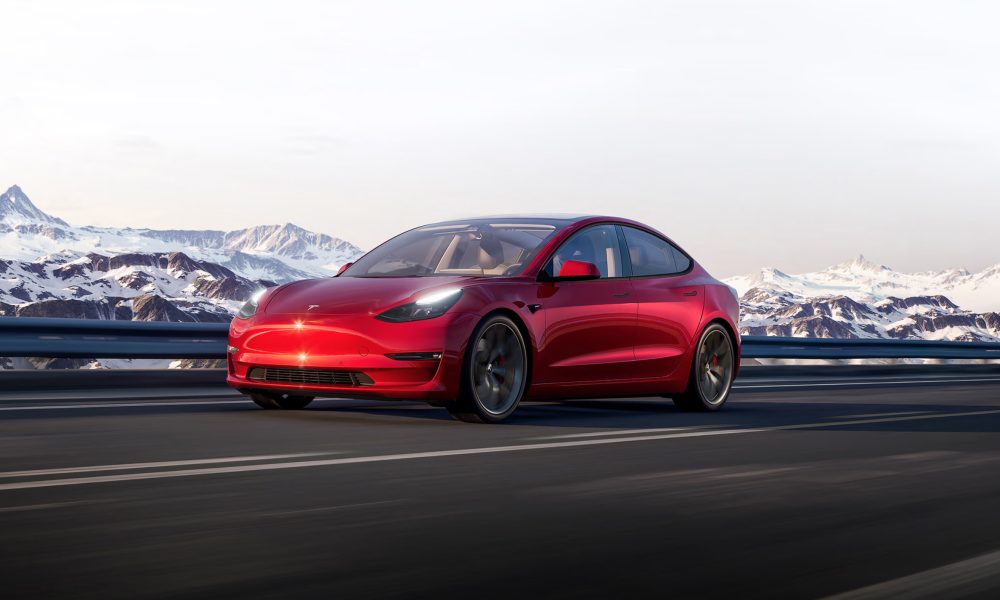There are all kinds of sexy, new clean energy technologies on the horizon. Atom-smashing fusion devices replicating the power of the sun. Sleek next-gen nuclear reactors splitting isotopes.
So what is Dan Schwartz, founding director of the University of Washington’s Clean Energy Institute, excited about?
Solar power and batteries.
President Jimmy Carter put solar panels on the roof of the White House in 1979. Omnipresent lithium-ion batteries go back decades. Where’s the thrill?
“I love fusion,” Schwartz said. “I love that we are the fusion capital of the world in this region. But there’s no utility that has on their 10-year planning document … a fusion reactor or even a small modular reactor, or even a conventional nuclear reactor. You’re just not going to build those in 10 years.”
Schwartz shared his expertise on clean energy solutions at a Seattle CityClub Civic Cocktail event Wednesday evening held in the city’s downtown. The conversation included fellow panelists Emily Moore, director of climate and energy for the Sightline Institute think tank, and Gregg Small, executive director of the nonprofit Climate Solutions. I moderated the conversation.
Washington state and the rest of the world are racing to deploy clean energy solutions amid surging demand. The rapid expansion of AI-powered data centers has intensified power consumption needs, while transportation, building heating and cooling, and industrial operations are increasingly shifting to electricity as they transition away from fossil fuels.
There are fusion and nuclear projects being deployed today. Helion Energy this summer began construction near the Columbia River on what it hopes will be the world’s first commercial fusion reactor. If all goes to plan, Microsoft has promised to buy energy from the facility, which should be running by 2028. Washington’s TerraPower is building its first small modular reactor in Wyoming and aims to operate by 2030.

While cutting-edge companies are launching new electricity sources, significant components of these technologies often still need to be proven at scale, and the supply chains aren’t close to ready for rapid deployment.
“Solar is really the cheapest, fastest thing that you can install today for new generating capacity, and when it’s coupled with a battery, it is really a tremendous new resource for the grid,” Schwartz said.
Batteries can store excess power that’s produced by solar panels when the sun is shining and then provide electricity at night, making renewable energy available around the clock.
And the truth is, these technologies have advanced dramatically since the days of President Carter and the original Energizer Bunny. The UW’s Clean Energy Institute is helping facilitate some of that work by providing expertise and lab space to innovators.
In solar energy, researchers are developing new technologies that are much more efficient at generating power than existing photovoltaic cells. That includes materials that can capture energy from solar wavelengths that aren’t normally tapped into.
Companies such as Group14 Technologies, Sila and Ecellix are operating in Washington, building and producing materials to significantly improve battery performance — making them more powerful, longer lasting and faster to recharge.
Efforts are underway to eliminate “conflict minerals” from batteries — materials often mined under conditions involving forced labor, child labor, corruption and environmental damage. According to Schwartz, batteries now use about 10% as much cobalt as they did a decade or two ago, with the industry shifting toward abundant minerals like iron, sodium and sulfur.
And finally, there are mounting efforts to recycle and reuse solar panels and batteries. Schwartz even sees an opportunity for Amazon to get into the field — perhaps evolving from books to cloud to batteries?
“There is a whole economy waiting to be created out of [used] batteries if we can understand their state of health and then value them,” he said. “Honestly, I think it could be Amazon’s biggest business, creating a marketplace for this because it is a massively increasing asset.”










